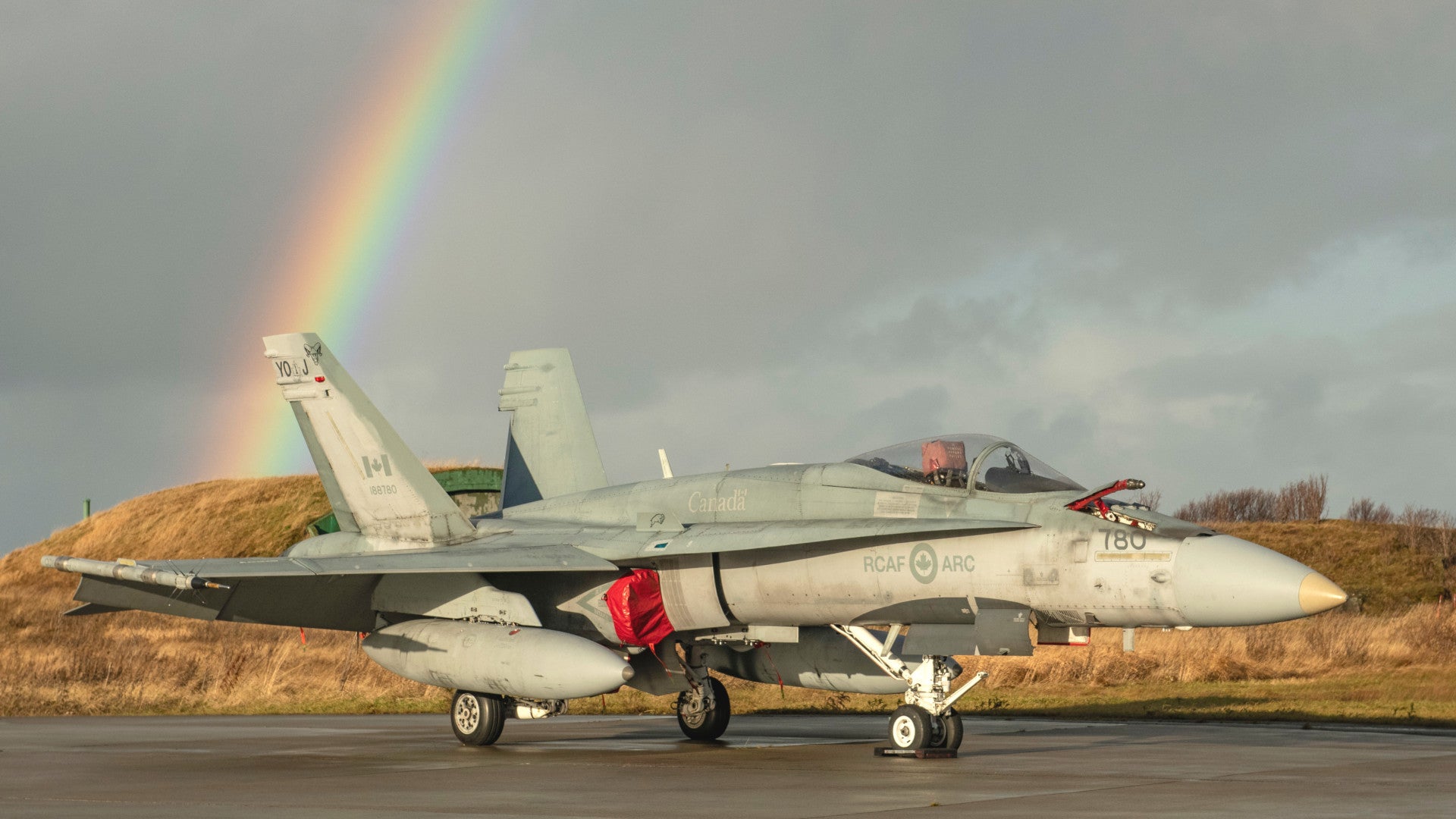Canada’s top parliamentary watchdog has released a scathing report regarding the purchase of second-hand F/A-18 Hornet fighter jets from Australia and broader plans to modernize the country’s air combat capabilities. The core complaints are that the new aircraft will still be obsolete after costly upgrades and that the service doesn’t have the manpower to fly and maintain the CF-18 Hornets it already has in service anyway. This, in turn, means that the Royal Canadian Air Force (RCAF) will still almost certainly lack the necessary resources to adequately meet its North American Aerospace Defense Command (NORAD) and the North Atlantic Treaty Organization (NATO) commitments simultaneously for years to come.
The Office of the Auditor General of Canada, which reports directly to the country’s House of Commons and is analogous to the U.S. Government Accountability Office (GAO), released its report on Oct. 20, 2018. This comes less than three months after the U.S. government signed off on Australia’s sale of 25 F/A-18A/B aircraft to the Canadians. Of these, the RCAF will induct 18 aircraft into its fighter force and use the remaining seven as non-flying sources of spare parts.
“We found that Canada’s [existing] fighter force could not meet the government’s new operational requirement, which is to have enough aircraft ready each day to meet the highest NORAD alert level and Canada’s NATO commitment at the same time,” the Auditor General report bluntly states in its introduction. “The fighter force could not meet the requirement because National Defense was already experiencing a shortage in personnel, and the CF-18 was old and increasingly hard to maintain.”
The Canadian Department of National Defense has argued that this is why the additional fighters from Australia are critical to avoiding a capability gap within the RCAF, which has a fleet of around 75 CF-18A+ fighters. Canada hopes to retire all of these jets by 2032, replacing them with a total of 88 new aircraft.
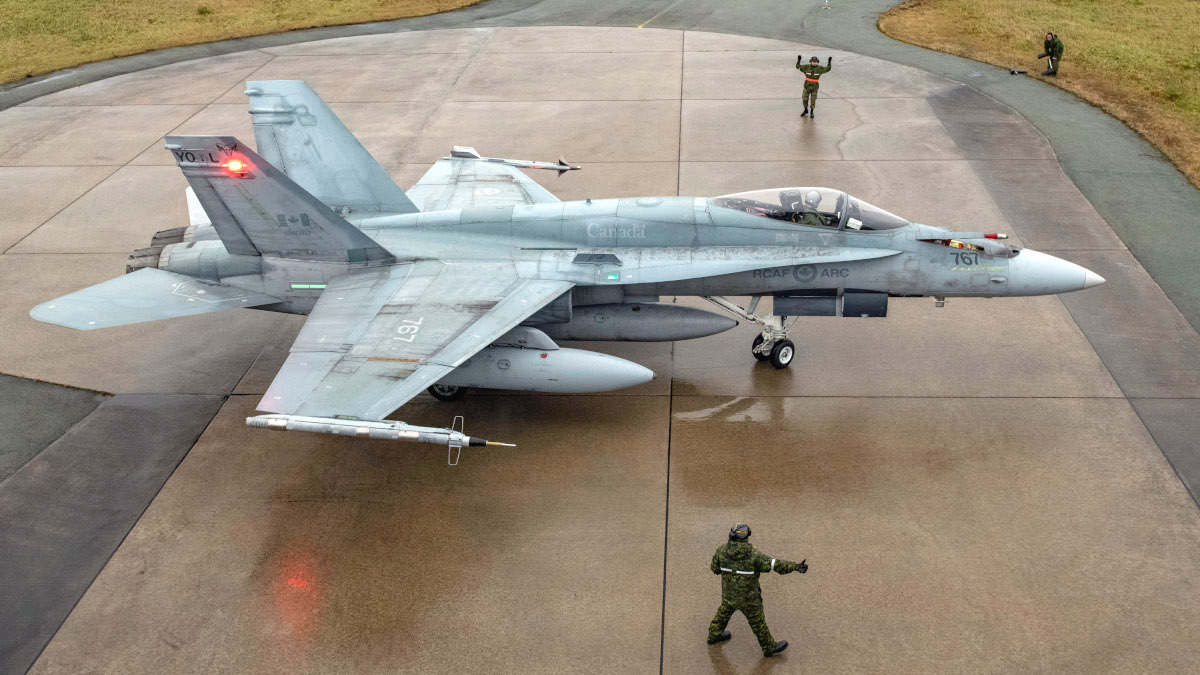
“I am pleased to announce that Canada has now signed the agreement to acquire 18 [F/A-18] aircraft to bridge the gap until we acquire our full fleet,” Canadian Defense Minister Harjit Sajjan said on Oct. 20, 2018, in a televised response to the report. “This prudent measure will help mitigate the situation as we transition into our future fighters.”
The Auditor General did not look into the broader replacement plans, which is a saga unto itself that you can read about in more detail here. Most importantly, in 2015, incoming Prime Minister Justin Trudeau pledged to revisit Canada’s plan to purchase of F-35 Joint Strike Fighters, in place for more than a decade, and reboot the fighter replacement competition.

This sent the Canadians scurrying to find interim alternatives. A trade dispute with U.S. planemaker Boeing scuttled a proposed purchase of F/A-18E/F Super Hornets and led to the present deal with Australia.
But the parliamentary watchdog’s report vehemently disagreed with Sajjan’s arguments. “We concluded that National Defense has not done enough to manage risks related to Canada’s fighter aircraft fleet so that it can meet commitments to NORAD and NATO until a replacement fleet is in place.”
One immediate problem is the age of the CF-18A+s and the incoming F/A-18A/Bs. Both Canada and Australia originally purchased these aircraft in the 1980s and they are among the oldest Hornets flying anywhere in the world.
Canada has upgraded its jets over the years, but the last major update to the fleet occurred a decade ago. By 2032, when the RCAF hopes to have retired the last examples, any remaining jets will have been flying for more than two decades beyond their original planned out of service date.
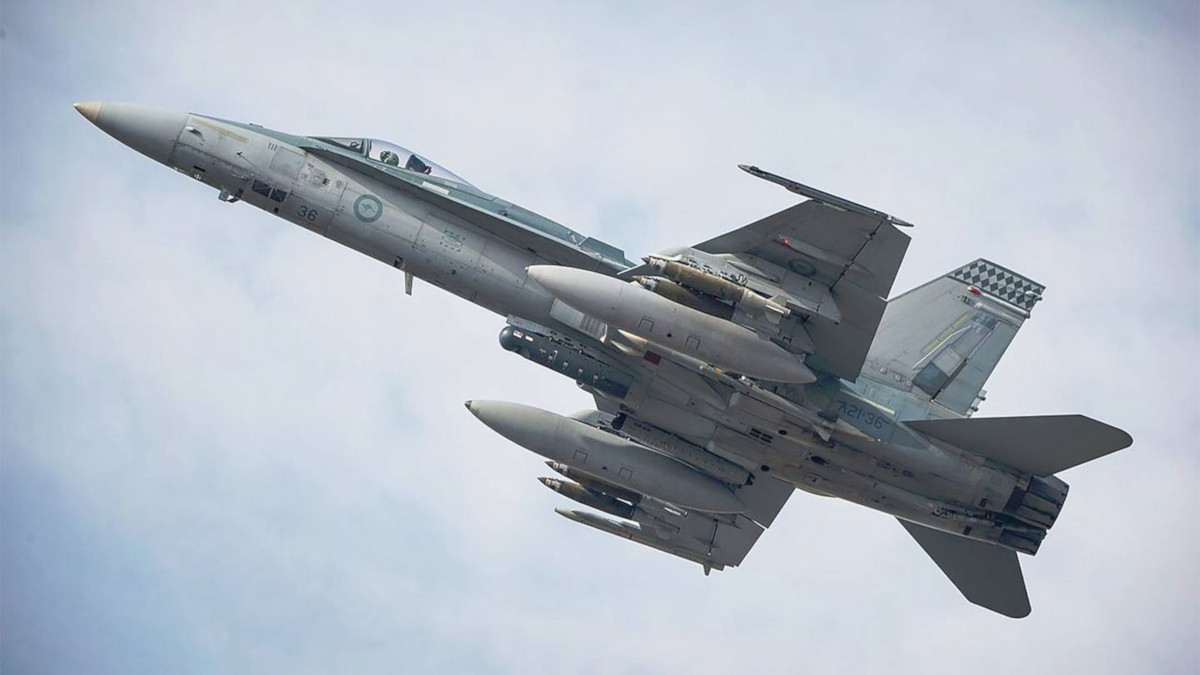
The Australia fighters have received fewer improvements and the Canadians will have to spend some amount of money just to put them on par with their CF-18A+ configuration. All told, the Canadian Department of National Defense told the Auditor General that it expects to spend more than $2.2 billion in U.S. dollars on top of existing budgets to upgrade their second-hand jets and further extend the life of the existing fleet.
This figure could easily grow. In his remarks on Nov. 20, 2018, Defense Minister Sajjan said he had ordered his department to prepare “options” for “improving the combat capability” of the country’s fighter jets, but did not say when he expected to get that information or make a decision.
Roughly a quarter of that amount is already set aside for the purchase of the F/A-18A/Bs and to upgrade them to a standard similar to the CF-18A+. That leaves around $1.5 billion for additional upgrades and service life extensions, a complete package that could cost tens of millions per aircraft depending on the extent of the work. Canada’s Department of National Defense has estimated it will need close to a billion dollars just “for spare parts and upgrades to the structure and avionics and electrical systems, but not any combat capability upgrades,” according to the Auditor General.
If these estimates are accurate, this would leave limited funds left over for even relatively simple combat upgrades, such as giving even a significant portion of the Hornets new active electronically scanned array (AESA) radars. These would help boost the jets spot and engage enemies at extended ranges. There are cost-effective options, such as Raytheon’s Advanced Combat Radar (RACR) or Northrop Grumman’s Scalable Agile Beam Radar (SABR), but the total amount to upgrade more than 90 jets could quickly add up,


So, the question quickly becomes whether Canada will have the resources to truly keep its Hornets combat relevant, especially in a high-end conflict against a major opponent, such as Russia, through to 2032. In addition to its NORAD commitments, the RCAF is a regular contributor to NATO air policing missions, which monitor for airspace violations and other potential threats along the alliance’s eastern flank with Russia. It is important for the aircraft to present a credible deterrent.
Sajjan and his office are already under fire for how they have described the capability gap. There are now growing criticisms about whether the purchase of the Australian Hornets has prevented the RCAF from upgrading the aircraft it has already or working to mitigate other tangential issues. Access to Information requests have not turned up any official Department of National Defense documentation defining the “capability gap” that Sajjan first identified in November 2016, according to a report from the Ottawa Citizen on Nov. 19, 2018. Conservative Party lawmakers have long accused Justin Trudeau’s Liberal Party Government, of which Sajjan is a member, of artificially creating the problem as a way of defending the effective cancellation of the F-35 purchases.
Being able to simultaneously provide aircraft for NORAD and NATO missions “demands a certain number of aircraft that our present CF-18 fleet is unable to meet on its day-to-day serviceability rate,” now-retired Royal Canadian Air Force Lieutenant-General Mike Hood, who was head of the service at the time, told the Canadian Senate later in 2016. “They’ve [the Liberals] changed the policy of the number of aircraft I have to have.”
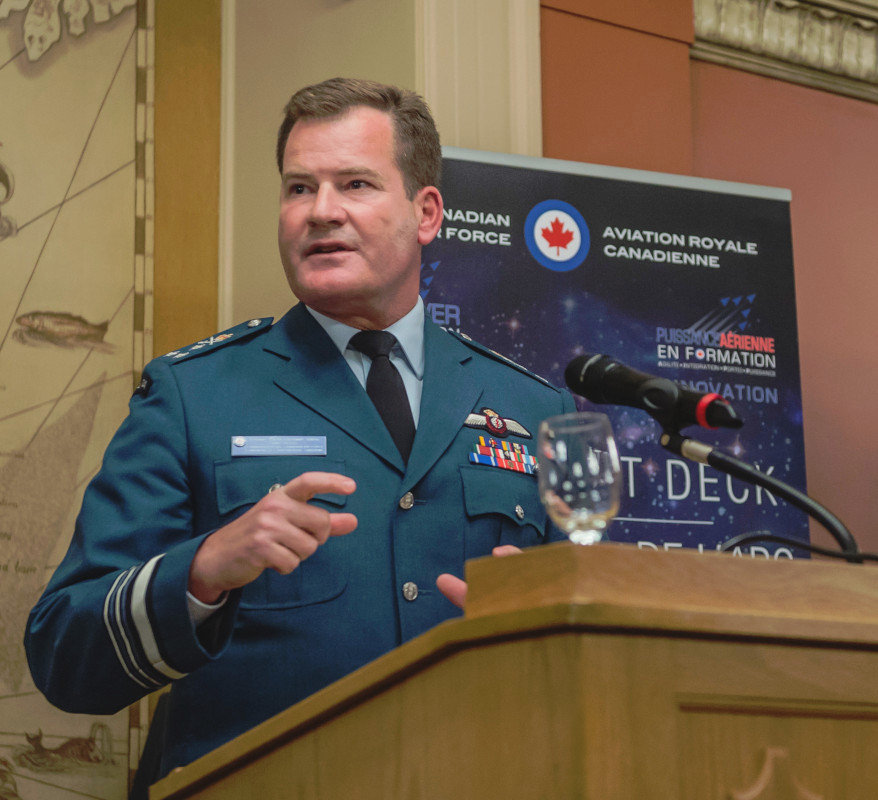
Trudeau’s administration has, in turn, accused Conservatives of leaving the country with dated aircraft that are increasingly difficult to maintain by refusing to proceed with any major upgrades or interim improvements to the Hornet fleet even as the F-35 program suffered setbacks and delays. Sajjan reiterated those complaints in public response to the Auditor General’s review.
Still, the exact number and capabilities of the actual fighters the RCAF needs may not be the most important issue at the end of the day. “We also found that the government’s proposed solution of buying interim aircraft will not help solve either the personnel shortage or the aging fleet,” the Auditor General review notes.
The report says that the RCAF has less than 70 percent of the pilots it needs to fulfill its NORAD and NATO commitments right now. Of that force, around 28 percent have not even met their annual flying hour requirements due to the lack of available airframes.
On average, the CF-18A+s require 24 hours of maintenance for every one hour they fly, up from 21 hours in 2014. On top of that, a significant loss of maintainers has exacerbated that issue, contributing to the cascading issues that have limited the service’s ability to generate sorties for any mission.
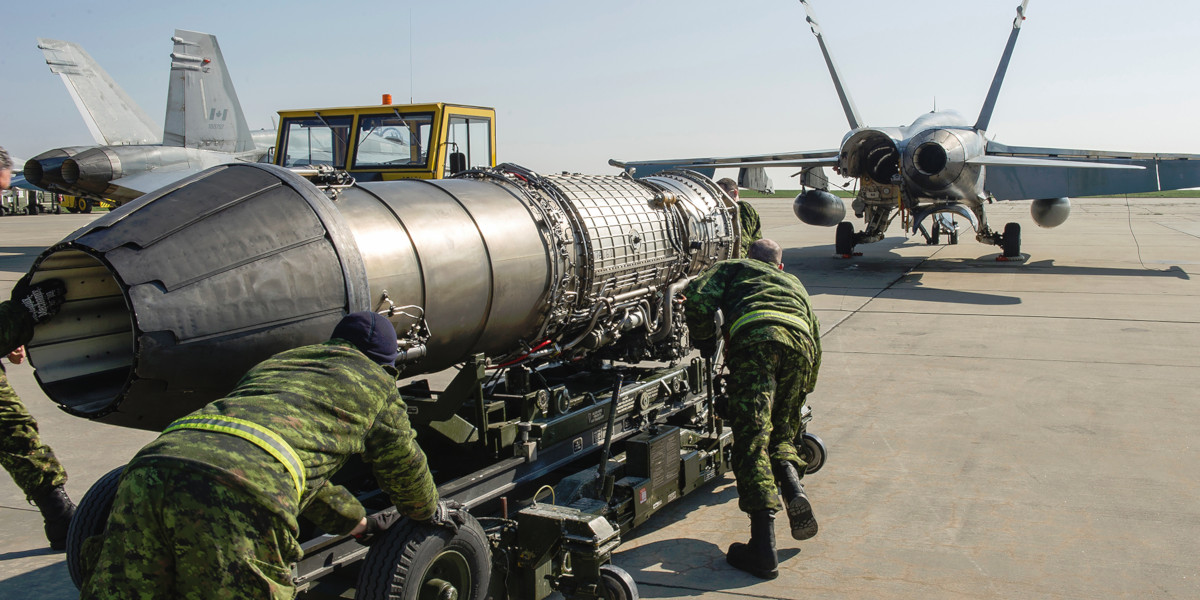
“If CF-18 pilots continue to leave at the current rate, there will not be enough experienced pilots to train the next generation of fighter pilots,” according to the Auditor General. “National Defense will not have enough pilots to be able to meet the government’s requirement to meet the highest NORAD alert level and the commitment to NATO at the same time.”
In 2017, the Canadians did approve a plan, with a price tag of more than $470 million, to hire contractors and train more maintainers. “At the time of our audit, the plan was in the early stages of implementation, and it was too soon to assess whether it would work,” the review says. There is no similar plan for increasing the number of pilots or using private companies to help train them.
This all brings into question whether the RCAF will be able to absorb the new aircraft at all, let alone make good use of them to bolster its capabilities. “The Department [of National Defense] stated that it needed more qualified technicians and pilots, not more fighter aircraft,” the audit notes itself, raising doubts about the core goals of the F/A-18 purchases.
Canada’s Department of National Defense says it is working on an all-new recruitment and retention policy, but that it won’t be ready for implementation until sometime in 2019. There’s no assurance it will work quickly, if at all, to address the pilot and maintainer shortfalls in the near term.
Without adequate personnel, Canada may find itself with a fighter jet gap regardless of how many planes it actually has and of what type.
Contact the author: jtrevithickpr@gmail.com
